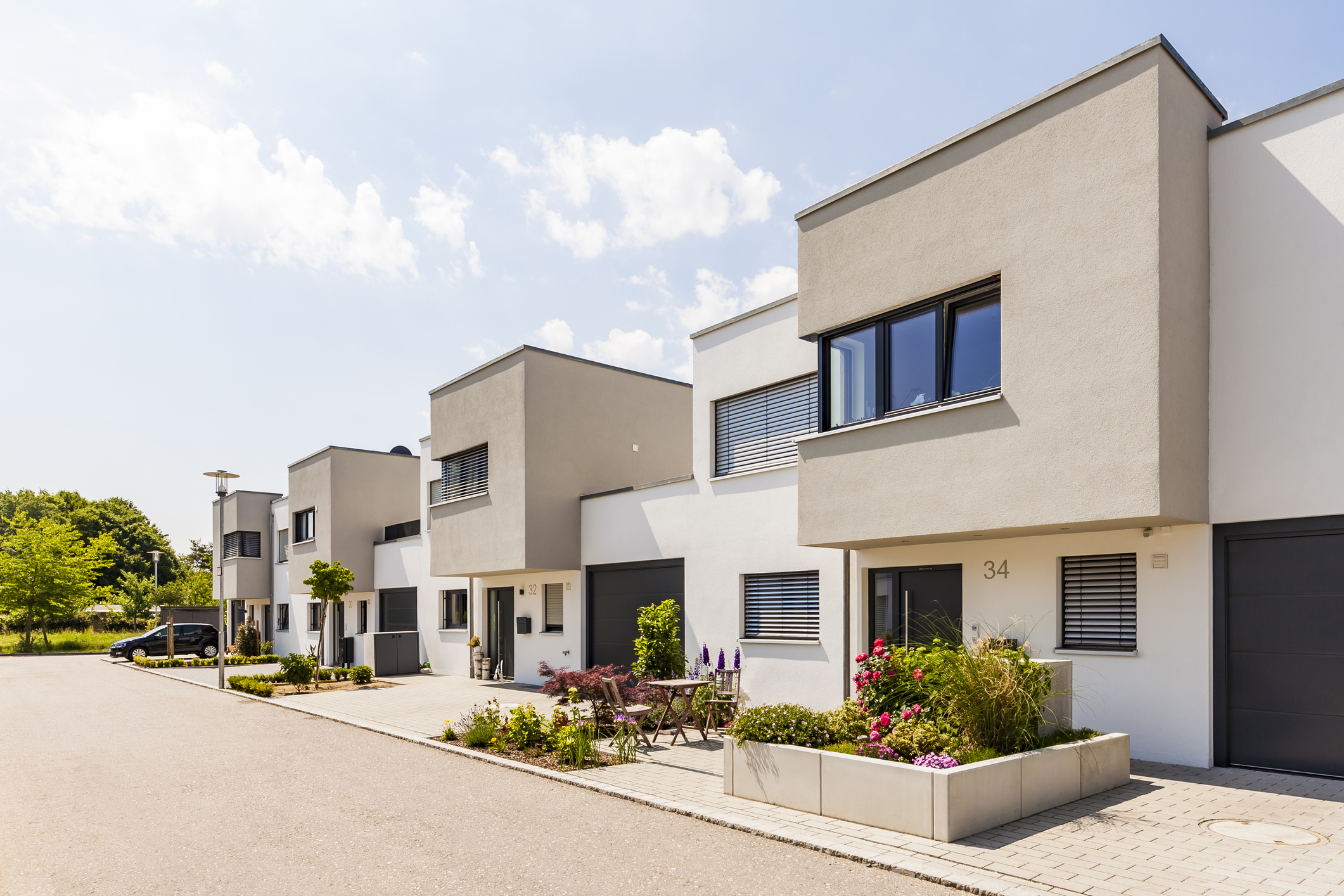
Once you have established your ultimate goal, your strategy will generally fall into three categories: capital growth strategy, cashflow strategy or renovation.
Capital growth strategy
A capital growth strategy involves buying a property with the expectation it will increase in value over time.
In most cases, this strategy is best suited for medium to long-term investors who aim to buy when the market is down and sell when it’s at a high.
Cashflow strategy
A cashflow strategy places less emphasis on capital growth and more on providing an income stream.
Generally, this strategy involves purchasing a rental property that will provide greater income than the mortgage repayments, maintenance and management costs associated with the property.
While this strategy can provide income, it may take longer to build equity, while there may also be fewer tax benefits involved.
Renovation strategy
A renovation strategy, sometimes known as ‘house flipping’, involves purchasing a property that needs improvement, renovating it and then selling for a profit. This strategy may also be used to increase an investment property’s rental income.
This approach can work on a shorter time frame that other strategies. Rather than waiting for the property’s market value to increase, you’re making direct physical investments in the property itself.
A potential hazard can be if the renovation costs are more than you anticipate. If your financial situation is dependent on a quick turnaround and the market dips when you’re trying to sell, some of the value you have added may be negated.


